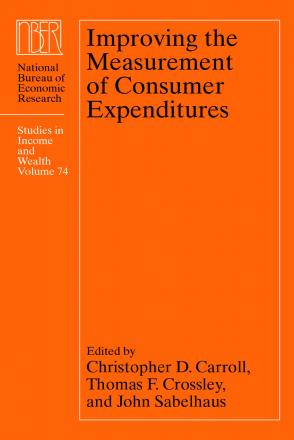Understanding the Relationship: CE Survey and PCE

There are two federal data series that refer to U.S. household expenditures. One uses the Consumer Expenditure Survey (CE), and the other personal consumption expenditures (PCE). Weights for the Consumer Price Index (CPI) are based on CE data, but some suggest that PCE be used instead. Researchers have tried to reconcile differences in scope and definitions in the CE and PCE. We review these differences along with aggregate estimates resulting from accounting for them. However, to compare trends in CE and PCE over time, a concordance of comparable items in both surveys is desirable. Independent exercises by federal agencies have created three different concordances. Here we discuss one such concordance and highlight similarities and differences in the CE and PCE along with trends in ratios of aggregate CE and PCE over 1992 to 2010. Aggregate expenditures and ratios of CE to PCE are produced for durables, non-durables, and services Results suggest that nondurables are most alike for the CE and PCE. Regarding trends over time and focusing on comparable goods and services only, CE to PCE ratios have steadily decreased. The greatest decline in CE to PCE ratios is for durables, and those for comparable services dropped the least.


